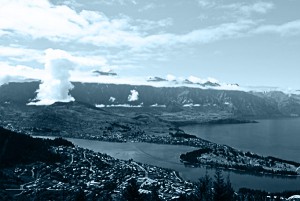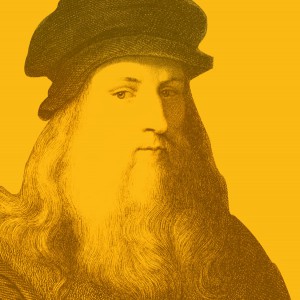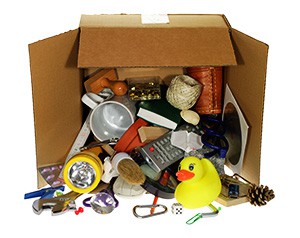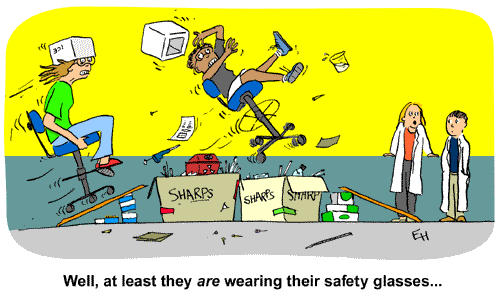Have you ever thought about life from the point of view of a Helix® On-Site Smart Inventory Unit? We did, and this is what we imagined…
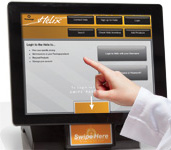 Wow! There were a lot of people in and out of here today.
Wow! There were a lot of people in and out of here today.
The post doc who never goes anywhere without her earbuds in. I wonder what her research playlist is, she’s always dancing her way in and out of the hall. The new grad student in the virology lab next door. He’s looking a little lost right now.
And of course there’s the PI with the big boots. Never looks where he’s going and constantly almost plowing people down. It’s kind of funny actually, the near misses I’ve seen between him and grad students running out of here with that key reagent they need to finish those last few reaction tubes.
There was a big-name speaker today for the lunch time journal club, so there was a lot of activity on the hall this afternoon. Lots of talking about the presentation. Everyone sounded pretty excited about what they heard.
But now it’s quiet. Most people have gone home for the evening.
Except for the security lighting, the hall is dark.
Oh wait, I hear footsteps heading my way. Apparently, not everyone has stopped work for the day, apparently.
Oh, it’s you. One of my favorite after-hour scientists.
You open the door to the common room, and check the product list on your phone: 100bp DNA ladder … there’s one left. Drawer D.
You pull the pass out of your pocket. I scan it. Click. The door unlocks. You grab your package and let the door close.
I’ll take it from here so that you can get back to work.
Your pass tells me that you’re a post doc in a lab upstairs. After you close the door, I check to see what you took. My scan reads the tag on each reagent. G2101: 100bp DNA ladder. Drawer D.
That was the last one. I update the inventory list. More will arrive in the next resupply shipment.
I send you an email with the details.
Time to check my systems.
Power? Check.
Connection to Promega? Check.
Door closed and locked? Check.
Storage temperature holding steady? Check.
All reagents present? Check.
The lights go dark as I transmit the report back home.
Like this:
Like Loading...
 Another Independence Day is in the books, and for many of us in the U.S. it included spending time with friends, family, food and the traditional holiday fireworks. Around the world, fireworks add to the enjoyment of many annual celebrations and events. Their colorful visual and audio display has the ability to thrill us, no matter what age we are. Despite growing older I never seem to tire of fireworks; I’ve also noticed that with each passing year the show seems to get more sophisticated. Whether it be a new color or shape or design of firework, pyrotechnic technology seems to improve at an impressive rate.
Another Independence Day is in the books, and for many of us in the U.S. it included spending time with friends, family, food and the traditional holiday fireworks. Around the world, fireworks add to the enjoyment of many annual celebrations and events. Their colorful visual and audio display has the ability to thrill us, no matter what age we are. Despite growing older I never seem to tire of fireworks; I’ve also noticed that with each passing year the show seems to get more sophisticated. Whether it be a new color or shape or design of firework, pyrotechnic technology seems to improve at an impressive rate.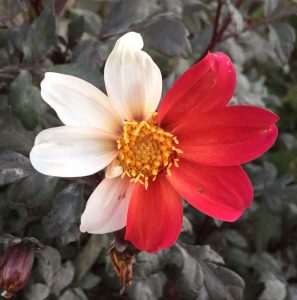 Science is all around us— in everything we touch, smell, taste and see. It is in the flowers in our gardens, the molecules of pollen and oils that give those flowers scent, the crystals of sodium chloride that gives our food flavor and the way light is bent and changed to give our world color. There is science in the way we look like our great-great grandmother, and science in the way we are so different from each other. As the granddaughter of a forester and a botanist and the daughter of a science teacher, there has been science in my life for as long as I can remember. Recently my parents moved to a retirement home, and as I spent time helping them downsize, I took pictures of some of the ‘science’ that surrounded my as I grew up.
Science is all around us— in everything we touch, smell, taste and see. It is in the flowers in our gardens, the molecules of pollen and oils that give those flowers scent, the crystals of sodium chloride that gives our food flavor and the way light is bent and changed to give our world color. There is science in the way we look like our great-great grandmother, and science in the way we are so different from each other. As the granddaughter of a forester and a botanist and the daughter of a science teacher, there has been science in my life for as long as I can remember. Recently my parents moved to a retirement home, and as I spent time helping them downsize, I took pictures of some of the ‘science’ that surrounded my as I grew up.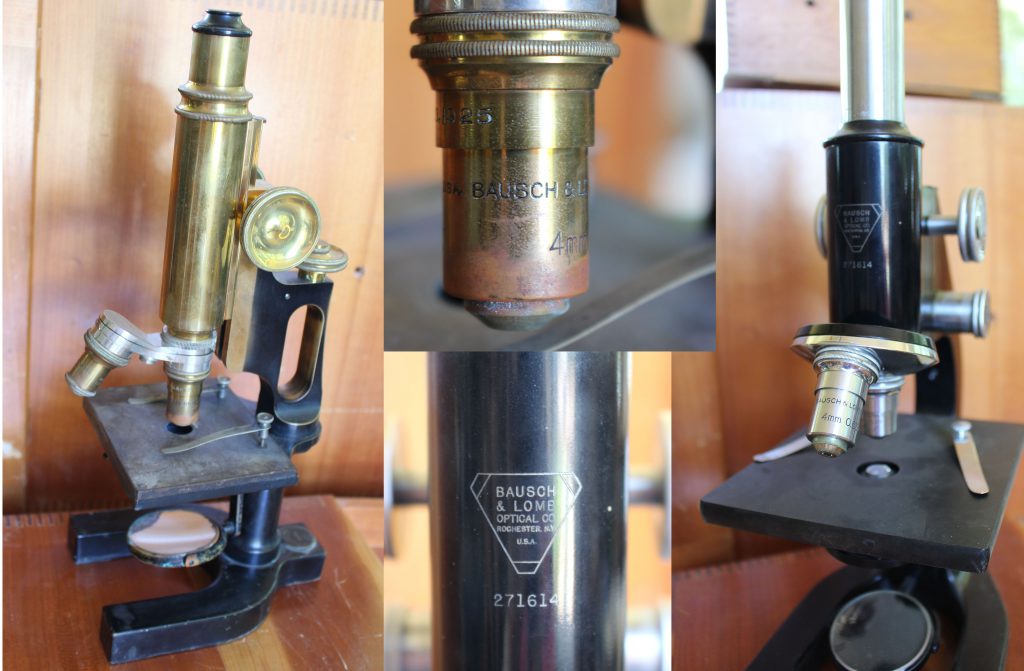

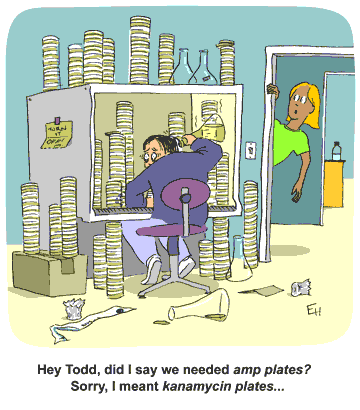
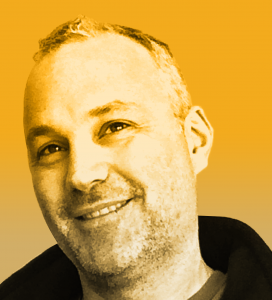 When Dave Romanin came to work for Promega he was fresh out of school with a degree in bacteriology. His plan was to work for a year in manufacturing and then go back to graduate school. But in the end, he didn’t go. There was no incentive, he explains, for him to spend five years in graduate school making little to no money. He didn’t want to write grants or run his own lab, and he enjoyed what he was doing.
When Dave Romanin came to work for Promega he was fresh out of school with a degree in bacteriology. His plan was to work for a year in manufacturing and then go back to graduate school. But in the end, he didn’t go. There was no incentive, he explains, for him to spend five years in graduate school making little to no money. He didn’t want to write grants or run his own lab, and he enjoyed what he was doing.
